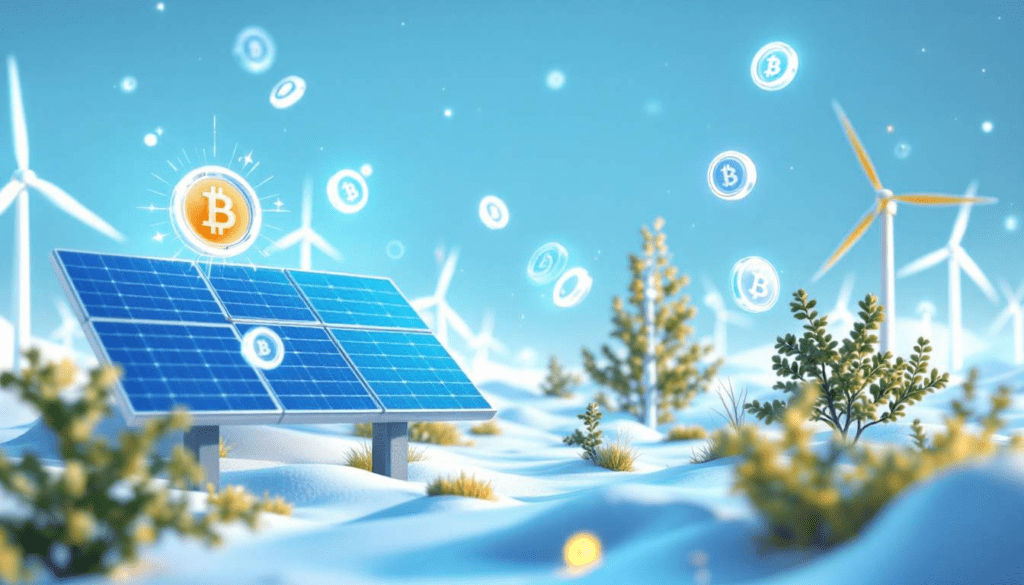The world is moving towards sustainable energy, isn’t it? Enter tokenization, a fancy term gaining traction in renewable energy financing. But there is of course a catch: the regulatory landscape is a complex beast to tame. Let’s look at how blockchain can increase the transparency and efficiency of renewable energy projects while highlighting regulatory challenges that could put a damper on the work.
What is tokenization?
Tokenization is simply placing the rights to an asset on a blockchain as a digital token. For renewable energy, consider creating tokens that symbolize ownership or participation in projects like solar or wind farms. This is a rather interesting way of democratizing investment opportunities, making them accessible to smaller players who would otherwise have been left out.
The role of blockchain in green finance
Blockchain is crucial here. It is a decentralized and immutable ledger that aims to improve transparency and accountability. And we all know that trust is the currency of any market, right? Blockchain also enables real-time tracking of energy production and consumption, so everyone involved can access accurate and verifiable data.
Regulatory bureaucracy
But let’s not be under any illusions, symbolic financing in renewable energies is not all sunshine and rainbows:
-
Token Classification Confusion: Different jurisdictions have different token classifications, leading to compliance uncertainty. In the United States, for example, tokenized debt securities may be considered securities, meaning they must comply with SEC rules. Ouch.
-
Regulatory fragmentation: The regulatory environment is like a puzzle: no two pieces fit together. Developers and investors must navigate a maze of rules that change from country to country, hampering cross-border investment.
-
Changes to regulations: Regulations around blockchain financial products are still evolving. Businesses must remain agile, leading to operational uncertainty and compliance costs.
-
Monitoring issues: The decentralized nature of blockchain makes it difficult for traditional regulators to monitor it. They often lack the technological know-how needed to effectively monitor decentralized markets, which opens the door to market manipulation.
-
Transparency and protection: Keeping everything transparent and protecting investors is essential to maintaining confidence in these markets. But establishing clear guidelines for defect management and disclosure across different regulatory regimes is a difficult task to solve.
Concrete example: Turbo Energy and Stellar
Take as an example the collaboration between Turbo Energy and the Stellar Development Foundation. They are driving tokenization in green infrastructure, using Stellar’s blockchain technology for asset management and financial growth. They want to make tokenized debt instruments available through the Stellar network, hoping to open new liquidity doors for financing solar projects.
Turbo CEO Luca Marangoni is excited to lead the charge in tokenized debt financing for renewable energy infrastructure. He believes this could open up new avenues for investment.
What awaits us
The prospects for token financing of renewable energy are surprisingly bright. This could simply disrupt financial practices and adopt innovative blockchain solutions for the renewable energy sector. Turbo Energy’s model, which combines historical data and blockchain analysis, could pave the way for broader decentralized infrastructure projects. The pilot is expected to attract institutional investors looking for green assets, thereby improving scalability and transparency.
The essentials
In summary, even though token financing of renewable energy faces many regulatory challenges, the potential of blockchain technology is too great to ignore. By increasing transparency, efficiency and investor confidence, blockchain could redefine green energy investments. As stakeholders work to untangle the regulatory knots, the promise of tokenizing renewable energy finance emerges as a hopeful glimpse of a sustainable future.




